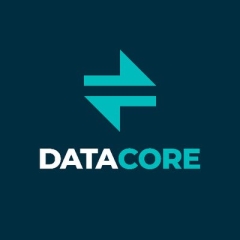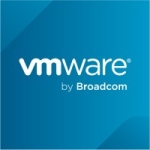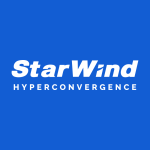What is our primary use case?
We work with the enterprise edition, SANsymphony V SDS.
The solution is geared towards small and medium-sized businesses, with two or three node clusters supporting business continuity and nonstop operations of virtual machines or servers. This makes the solution very stable, cost effective and simple to administer and maintain.
What is most valuable?
The solution's most valuable feature is its versatility, with there being support for all new hardware technologies and platforms, disc mirroring and very effective auto tiering. This translates into very advanced storage features, accompanied by a cost effective application or license.
What needs improvement?
The so-called hyperconverged infrastructure edition, sometimes knows as vSan, should be addressed. It is one component of the solution. Yet, DataCore is less competitive than certain other manufacturers, such as EMC, Cisco, and VMware vSan. It is competitive when it comes to a general purpose software defined storage solution. As such, a hyperconverged infrastructure solution could be improved.
The solution could be better packaged and marketed.
When it comes to a simple 2 node cluster business continuity solution for SMB companies, the downtime can be expensive.
For how long have I used the solution?
We have been working with DataCore SANsymphony SDS for eight or nine years, although we are talking about a relatively new edition which was published several years ago, possessing similar technology.
We have worked with the solution over the course of the past 12 months.
What do I think about the stability of the solution?
DataCore SANsymphony SDSOne should not hurry with Microsoft patching and should try to use newer, stable versions of DataCore and Microsoft Windows server.
These are the perquisites. When fulfilled, DataCore works really well and is stable.
The stability is high and extremely good. Once set up properly, the stability really works.
What do I think about the scalability of the solution?
The scalability is excellent.
How are customer service and support?
We provide support. As such, we usually help to resolve issues arising with vendor DataCore.
DataCore's technical support is very good and I rate it as a nine out of ten.
How was the initial setup?
The installation is nice and straightforward.
The length of deployment varies with the complexity of the customer's environment and can last from three to five days, including the planning and optimization.
What about the implementation team?
Generally speaking, we do installation.
There are usually two people involved in the deployment and the main channels of the solution, one of whom is experienced with the Microsoft infrastructure and server, the set up and the configuration. The other person has experience in networking and the configuration of the network, interconnecting the nodes. So, there are not a lot of people involved.
What's my experience with pricing, setup cost, and licensing?
The solution is cost effective.
When it comes to a simple 2 node cluster business continuity solution for SMB companies, the downtime can be expensive.
The solution has very advanced storage features, accompanied by a cost effective application or license.
What other advice do I have?
We are a reseller.
There is DataCore and we are Datatek. We are just talking about similar names, Datatek being a DataCore reseller.
I rate DataCore SANsymphony SDS as a nine out of ten.
Which deployment model are you using for this solution?
On-premises
Disclosure: My company does not have a business relationship with this vendor other than being a customer.















